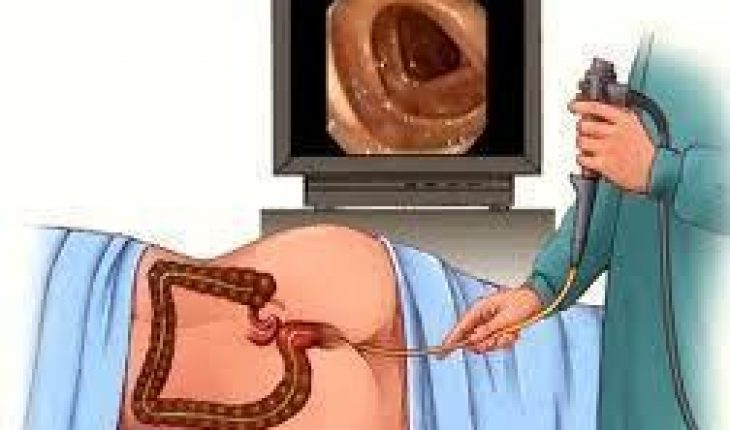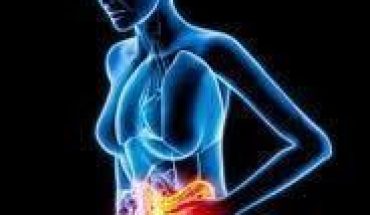When female news anchor, Katie Couric had her colonoscopy procedure broadcast live on TV in 2000, it increased interest in this potentially life saving medical examination, to the point where it was dubbed the Couric Effect. She had been spurred on by the death of her husband from to colon cancer, the disease a colonoscopy procedure was designed to detect. Considering that approximately 130,000 Americans per annum will be diagnosed with the disease, and that around 56,000 of that number will die from it, colonoscopy preparation is an important step in keeping that figure down.
What is a colonoscopy?
Couric’s brave move to show her own colonoscopy shed light on what many had considered to be an embarrassing, and evasive procedure. A Colonoscopy can be completed in several ways. A non-evasive virtual method that uses CT and MR scans to generate a picture of the colon. The preferred method is to insert a camera, charge-coupled device (CCD) or fiber optic, on a flexible tube through the anus to examine the entire length of the colon. This mode is the better option, as it allows for any found polyps, or suspicious tissue, to be removed, and checked for cancer. Patients may choose to be awake, and watch their colonoscopy procedure along with the doctor.
Colonoscopy preparation guidelines
In preparation for a colonoscopy procedure, the intestinal tract must be free of all solid matter, so even though the procedure may only last 30 to 60 minutes, colonoscopy preparation begins at least three days before. It starts with a doctor’s visit to advise the patient on the safe dietary changes to ensure there are no contents in the colon on examination day. This is sometimes called colonoscopy fasting. There is also a secondary step right before the exam.
Patients will be asked to discontinue certain medication they might be using such as any iron supplements they are taking, whether directly or in multivitamins. Aspirin, Insulin, and any blood thinning drugs should be stopped as well. The lead up diet can either be full liquid or just fiber free.
On a liquid diet:
- Diet drinks
- Broth
- Coffee (Black only)
- Tea (no milk/sweeteners)
- Water
- Fruit juices primarily apple, cranberry, and white grape.
On a fiber free diet
- Skinless chicken, potatoes
- White bread
- Cheese
- Eggs
- Fish (steamed)
Foods to avoid are:
- Whole fruits
- Nuts
- Red meat
- Vegetables
- Rice
- Milk or any other milk based beverages
- Any drink/liquid that is colored red, purple or orange.
On the day of the colonoscopy procedure patients will be given what is called bowel prep. It will start with a laxative to help with final clearing, followed by whole bowel irrigation using a prepared solution, or in tough cases an enema. Patients are encouraged to start the process at home with their own laxatives, and must make sure to consume as much fluids as possible to avoid possible dehydration from the constant bowel movements they would experience.





